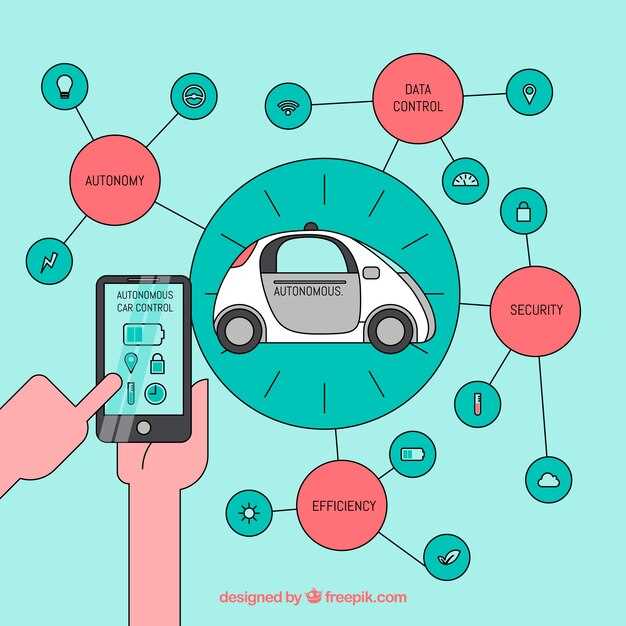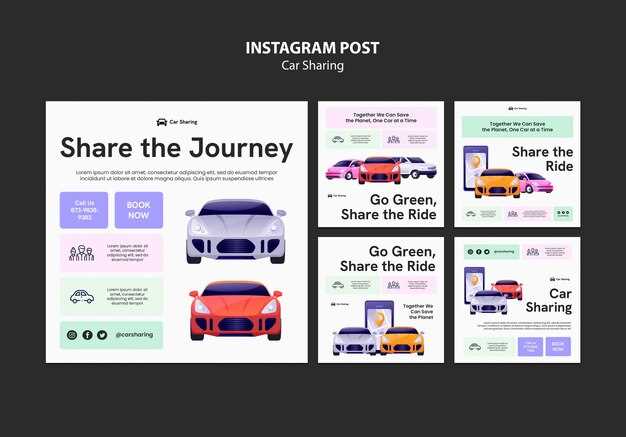
The kit car movement has experienced a remarkable resurgence in recent years, largely fueled by the rise of social media platforms. These digital spaces have become vital forums for enthusiasts to connect, share insights, and showcase their projects, dramatically influencing the way individuals engage with this niche automotive hobby.
Social media serves as a catalyst for the kit car community, allowing builders to showcase their creations through various channels such as Instagram, Facebook, and YouTube. These platforms not only provide visibility but also create an environment for collaboration, where enthusiasts can exchange ideas, offer advice, and inspire one another. This interconnectedness has transformed the kit car movement from a localized interest into a global phenomenon.
Moreover, the impact of social media extends beyond mere visibility. It plays a crucial role in the dissemination of information regarding new kits, construction techniques, and industry trends. Online groups and forums have become invaluable resources, offering support and knowledge to both novices and seasoned builders alike. As a result, the accessibility of information has lowered barriers to entry, welcoming a diverse array of individuals into the world of kit cars.
How Social Media Platforms Facilitate Kit Car Community Building

Social media platforms have become pivotal in connecting enthusiasts within the kit car movement. These digital spaces allow individuals from diverse backgrounds to share their experiences, showcase their builds, and exchange knowledge. Platforms such as Facebook, Instagram, and TikTok provide a visual medium where the craftsmanship and creativity involved in kit car construction can be celebrated and appreciated.
Facebook groups serve as dedicated forums where users can post questions, seek advice, and offer solutions to common issues faced during the build process. These communities often create a sense of camaraderie as members bond over shared challenges and triumphs associated with their projects. Additionally, Facebook events provide opportunities for local meetups, fostering real-world connections that enhance the sense of belonging among kit car enthusiasts.
Instagram, with its focus on visual content, allows builders to document their progress with engaging images and videos. Hashtags such as #KitCar and #CustomBuild enable users to discover and connect with others who share their passion. This encourages a culture of inspiration where builders can learn new techniques and innovative ideas, ultimately elevating the quality of kit car builds.
Moreover, platforms like TikTok introduce a new dynamic to the community with short, engaging video formats. Creators can share quick tips, before-and-after transformations, and troubleshooting hacks that resonate with fellow builders. The virality of TikTok content enhances visibility, making it easier for newcomers to find guidance and for seasoned builders to showcase their expertise.
Social media not only facilitates communication but also promotes the sharing of resources. Tools, suppliers, and workshops can easily be recommended and discussed, allowing enthusiasts to access the best materials and services available. This flow of information helps maintain high standards within the kit car community, ensuring that builders have the support they need to succeed.
In summary, social media platforms play a crucial role in fostering community within the kit car movement. By enabling connections, sharing knowledge, and promoting collaboration, these platforms enrich the overall experience for enthusiasts, paving the way for a vibrant and supportive environment.
The Role of Influencers in Promoting Kit Car Projects on Social Media
Influencers have emerged as key figures in the promotion of kit car projects through social media platforms. Their ability to reach niche audiences makes them valuable assets for both new and established kit car builders. Influencers who specialize in automotive content can showcase their builds, share insights, and provide tutorials, thereby educating their followers about the kit car industry.
One significant advantage of having influencers involved in the kit car movement is their ability to create engaging content. Through platforms such as Instagram, YouTube, and TikTok, influencers can showcase the intricate process of building a kit car, from unboxing parts to the final reveal. This transparency not only builds trust but also inspires aspiring builders to embark on their projects.
Moreover, influencers often foster a sense of community among their followers. As they share their experiences, challenges, and successes, they encourage interaction among fans who share a passion for kit cars. This community-building aspect is crucial, as it helps to keep interest high and fosters loyalty towards specific brands and models. Followers are more prone to engage when they feel they are part of a larger movement.
Furthermore, influencers often collaborate with manufacturers and suppliers, promoting specific kits, tools, or parts. These partnerships can lead to unique discounts or pre-release opportunities for their audience. As followers trust the recommendations of influencers, this can significantly boost sales for companies within the kit car sector.
Lastly, influencers can adapt their message to fit current trends, leveraging hashtags and viral challenges to increase visibility. By aligning their content with popular themes, they can attract an audience that might not have otherwise engaged with the kit car movement. This adaptability ensures that the kit car community remains dynamic and relevant in the fast-paced world of social media.
Utilizing Social Media for Sourcing Parts and Technical Support in Kit Car Builds

Social media platforms have become invaluable resources for kit car enthusiasts, offering unique opportunities to source parts and obtain technical support during builds. A myriad of dedicated groups on platforms like Facebook, Reddit, and Instagram focuses specifically on kit car projects, allowing builders to connect with fellow enthusiasts, suppliers, and experts in the field.
One of the primary advantages of using social media is the ability to tap into a vast network of members who possess a range of skills and knowledge. Builders can leverage these platforms to ask questions about specific components or technical challenges they are facing. Experienced builders often share insights from their own projects, providing practical advice that can save time and money.
Furthermore, social media acts as a marketplace for sourcing parts. Many builders sell surplus components directly through social media marketplaces, making it easier for others to find rare parts or hard-to-get items. By following the right hashtags and joining dedicated groups, builders can stay updated on available parts, discounts, and upcoming sales, all while connecting with sellers who share their passion.
Social media also enhances collaboration through real-time interaction. Platforms like YouTube provide helpful video tutorials showcasing installation techniques, troubleshooting tips, and other critical guidance. These resources complement the text-based advice found in forums and groups, offering visual support that can clarify complex topics.
Additionally, the community aspect of social media helps foster a sense of camaraderie among builders. Engaging in discussions, sharing progress updates, and celebrating milestones with like-minded individuals can motivate builders to keep working on their projects. Building relationships within these communities can also lead to finding mentors or forming partnerships that enrich the building experience.
In summary, social media serves as a comprehensive tool for kit car builders seeking parts and technical support. By engaging with these platforms, builders can effectively source components, receive valuable guidance, and connect with a supportive community, ultimately enhancing their kit car building experience.











